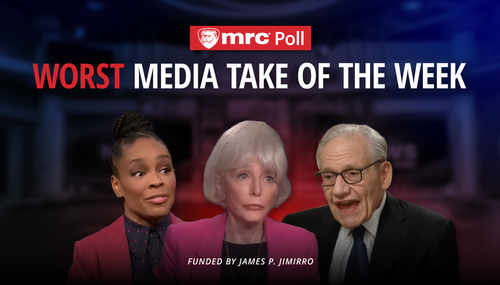"Greed, for lack of a better word, is good." That was the defining line of Oliver Stone's 1987 film "Wall Street," and his attack on the financial system that the news media would use for decades to portray businessmen as villains.
The theme Stone wants viewers to take away from his sequel, "Wall Street: Money Never Sleeps," was tucked away in the credits of his film on a greenback. "In Greed We Trust," the bill proclaimed where the words "In God We Trust" should have been.
"Money Never Sleeps," which opens in theaters Sept. 24, uses the financial crisis of 2008 as a backdrop for the comeback of Gordon Gekko, the iconic villain of the original. This time Gekko reinvents himself as a changed man, coming back bearish on housing and speculation.
In a business school lecture Gekko warns, "The mother of all evils is speculation -- leveraged debt." He claims the economy is merely moving money around in circles and the business model itself is like a "cancer."
The 1987 Gekko is a shark, a killer, the viewer senses it from the outset and can anticipate the time when Gekko's blade will rip into protégée Bud Fox's back. This Gekko comes across as a different animal entirely, a snake that can charm you into believing he won't sell you out to make a buck. But in the end Gekko's still the shark, he's just gotten better at hiding his sharp teeth.
Stone's movie weakly attempts to convince the audience that everyone is in the "game" now, and that the corruption (caused by greed and envy) has become "systemic." From people taking out second mortgages to go shopping, to greedy real estate investors; the new evil is leverage itself.
As proof it offers many characters including Josh Brolin's Bretton James. In the film, James secretly creates a panic by spreading rumors about a competitor in order to tank its stock and acquire it. The fictional investment bank that collapses and is acquired is meant to resemble Bear Stearns that had two of its hedge funds collapse in July 2007.
Liberal themes such as green energy is good and materialism is bad abound, but the story is less political than one might expect. There were no mentions of political parties or specific administrations (Bush or Obama).
Stone's movie criticizes the types of financial products that were in use and slams toxic subprime debt, but without delving into the government policies that helped create the devastating housing bubble and the financial crisis. It says nothing about the accounting rules that many economists and financial experts say helped cause the liquidity crisis.
Economist and Business & Media Institute advisor Dr. Walter E. Williams explained in a Sept. 17, 2008, column that the "credit crunch and foreclosure problems are failures of government policy."
What "foolhardy government policy" was Williams referring to? The Community Reinvestment Act, which "intimidated lenders" into offering credit to more people and specifically "discourages them from restricting their credit services to low-risk markets, a practice sometimes called redlining."
A couple of scenes show closed door meetings with bankers, the Federal Reserve and the Treasury Department, where bankers were asking for a bailout because they were "too big to fail."
But according to BB&T's former CEO John Allison, that's not the whole story. Allison and others have said "most of the banks didn't need to be saved," and that his bank (BB&T) and others were strong-armed by the Treasury into taking bailout (TARP) funds.
Allison said in a 2009 speech, "I think the news media unfortunately has been quite willing to jump on the criticism of capitalism and not the [government]."
Overall, Stone's latest film does the same thing: attacking the capitalist system and its players, rather than examining the government's culpability. But at least viewers know his movie is fiction.
Like this article? Then sign up for our newsletter, The Balance Sheet.




